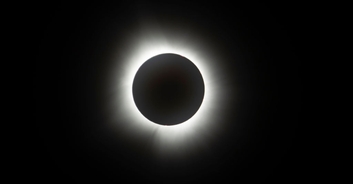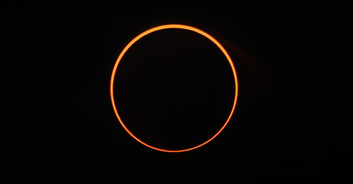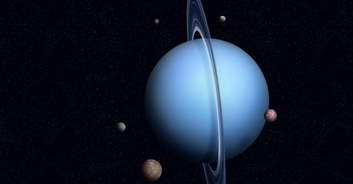NASA has shared a stunning picture of the sun during an eruption of solar flares, which makes our star resemble a Halloween jack-o-lantern.
The picture of the sun was allegedly taken way back in 2014 but has been reposted by the space agency in the run-up to the October holiday. The image in question was taken by the Solar Dynamics Observatory satellite and shows a number of visible flares ultraviolet light from the star's most active regions.
Check out this astonishing footage captured by the Juno spacecraft orbiting Jupiter:As a result of the positions of the flares, and the interplay of light and shadow in the picture, the gigantic ball of firey gas does indeed bear a superficial resemblance to the grinning rictus of a carved pumpkin with a candle burning inside.
The picture was uploaded to NASA's official Facebook and Twitter pages, and was accompanied by the caption: "Even our star celebrates the spooky season — in 2014, active regions on the Sun created this jack-o'-lantern face, as seen in ultraviolet light by our Solar Dynamics Observatory satellite. ☀️?? [sic]"
In a statement regarding the image, a spokesperson for NASA wrote: "Active regions on the sun combined to look something like a jack-o-lantern’s face on Oct. 8, 2014. The image was captured by NASA's Solar Dynamics Observatory, or SDO, which watches the sun at all times from its orbit in space."
They added: "The active regions in this image appear brighter because those are areas that emit more light and energy. They are markers of an intense and complex set of magnetic fields hovering in the sun’s atmosphere, the corona. This image blends together two sets of extreme ultraviolet wavelengths at 171 and 193 ? ngströms, typically colorized in gold and yellow, to create a particularly Halloween-like appearance."
Check out this awesome video of a tiny Hunter's Moon:But this isn't the only incredible celestial event we've documented this month. Check out our article all about the amazing Hunter's Moon that was visible on October 13.


.jpg_dOahs3?tr=h-184)


